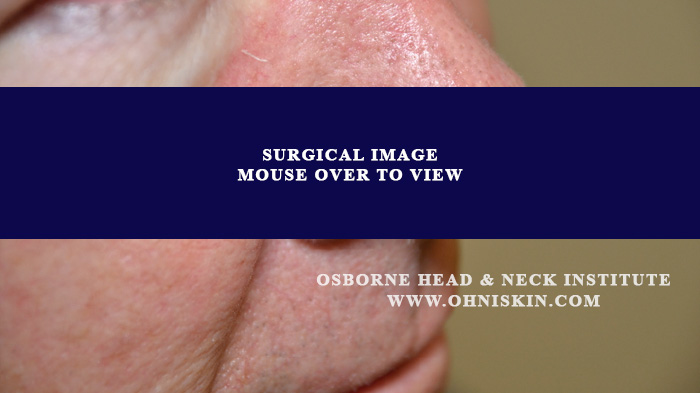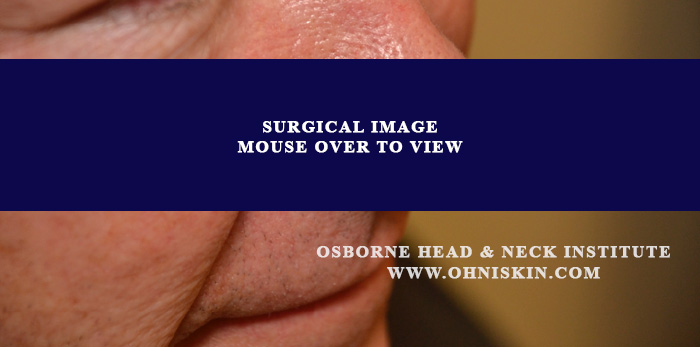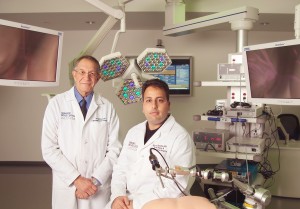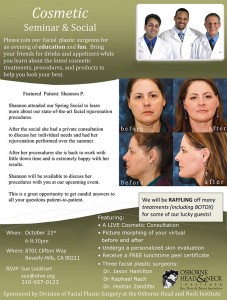- Folded Ear in Newborns: Treatment Options - April 11, 2018
- Newborn Ear Deformity: What Can Be Done? - April 11, 2018
- Ear Molding: An Overview - November 2, 2017
- Otoplasty for Protruding Ears - September 26, 2017
- Basal Cell Carcinoma: Facial Reconstruction Timing - September 26, 2017
- Clinical Considerations of Mohs Reconstruction of Cheek Defect - September 26, 2017
- Basal Cell Carcinoma: Nasal Bridge Reconstruction - September 26, 2017
- Skin Cancers Involving the Eyebrow: Clinical Considerations - October 3, 2016
- Treatment of Multiple Skin Cancer Lesions - June 1, 2016
- Skin Cancer: Nasal Reconstruction and Scar Management - June 1, 2016
Question: I have multiple skin cancers on my face. Should I remove them all at once or at different times?
Case Study
A male patient in his 60s is noted to have two separate skin cancers on the right side of his face. He has a larger squamous cell carcinoma on the cheek just below the eyelid and a basal cell carcinoma on the right side of the nasal tip. It was determined that in order to achieve the best cosmetic outcome the two lesions would have to be resected and reconstructed two weeks apart.
The patient underwent Mohs excision of the cheek scar first and subsequent reconstruction with Dr. Zandifar. Two weeks later, the patient underwent Mohs excision of the nasal scar followed by reconstruction with Dr. Zandifar. After reconstruction, both scars were treated with silicone-based gel and sunscreen as well as monthly treatment with IPL laser. Two months after reconstruction both scars are hardly noticeable and the patient is happy with the results.
Figure 1: Excision of squamous cell carcinoma of the cheek skin. The small red spot on the nose is a basal cell carcinoma that will be resected two weeks later.
Figure 2: Two weeks after reconstruction of the cheek. The nasal defect skin cancer has been removed and another suspicious lesion biopsied. The healing scar on the cheek is also visible.
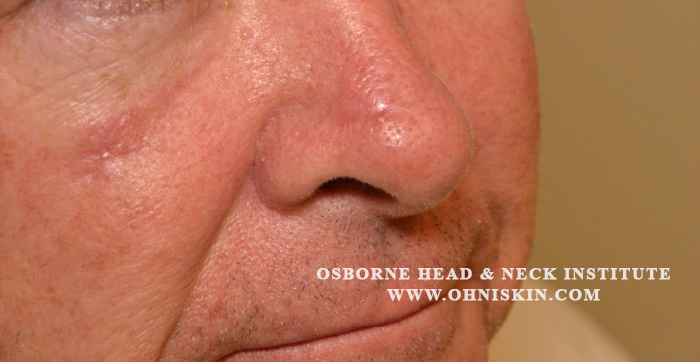
Figure 3: Two months after reconstruction of the nose and cheek by Dr. Zandifar.
Discussion
The majority of skin cancers tend to develop in areas of the skin that are frequently exposed to the sun. This means that the head and neck region is highly susceptible to developing skin cancers. It is also not uncommon for multiple skin cancer lesions to develop in these areas. Although it may seem convenient to remove and reconstruct multiple skin cancer lesions at once, it is advisable to approach each lesion separately in order to achieve a better cosmetic result. By approaching each skin cancer individually, the surgeon can focus his effort on reconstructing the facial architecture as well as promoting a natural appearance.
For optimal results, a reconstructive surgeon should also develop a customized plan for follow up care. This care typically includes laser treatment, silicone-gel application, and even steroid injections. It should also be noted that application of sunscreen to the entire face is not only important in improving the appearance of the scar, but also decreases the likelihood of developing another skin cancer in the future.
The physicians of the Osborne Head and Neck Institute are board certified in both otolaryngology and plastic and reconstructive surgery. This unique combination of training allows these surgeons to address both functional and cosmetic concerns concurrently.
To learn more about Dr. Hootan Zandifar or reconstructive surgery, please visit: www.ohniskin.com.

